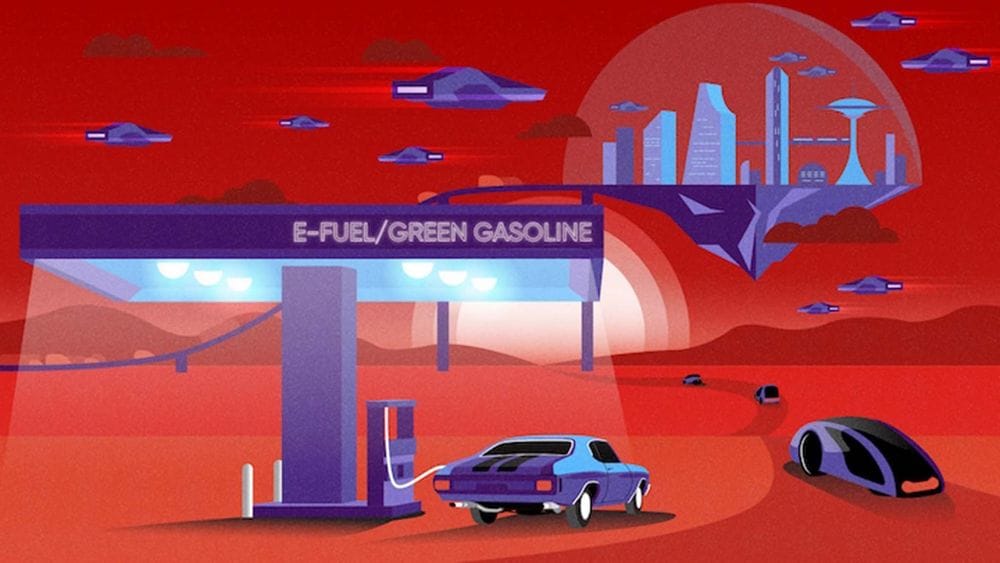Revolutionizing Mobility with Green Fuels
Some mobility tasks simply cannot be electrified—those involving extreme loads, harsh climates, or long ranges where refueling is impractical require the energy density that only a liquid hydrocarbon fuel can deliver. Fortunately, science is delivering carbon-neutral fuel options.
Today
Biofuels were the original mobility decarbonization concept. Ethanol emerged as an early option for “growing” fuel, where the feedstock absorbs CO2 while growing. However, when making ethanol from corn, the fuel merely displaces corn meant for food—either directly or via livestock feed—resulting in no net CO2 absorption. On the other hand, cellulosic ethanol is produced from otherwise unusable lignin in corn stalks and various waste products, reducing CO2 release. Unfortunately, none of the bioengineered processes can compete profitably with low oil prices.
Biobutanol vs. Ethanol
Biobutanol is increasingly attractive compared to ethanol as it serves as a near drop-in replacement for gasoline. Current research focuses on using bioengineered microbes and hydrogen to produce biobutanol that is as clean as the hydrogen used in the process. The potential for green hydrogen production utilizing agricultural waste and byproducts also shows promise.
Within a Decade
eFuels—electrochemical fuels—will allow for continued use of combustion vehicles by utilizing electrical energy to create fuel molecules from atmospheric CO2 and hydrogen derived from water. Moreover, some companies are already utilizing carbon capture technology powered by renewable energy sources to produce sustainable eFuels.
HIF Global Porsche Fuel Schematic
The production of eFuels represents a significant advancement in sustainable fuels, involving the integration of carbon capture and renewable energy. Companies like HIF are on the frontier of this movement, proving that carbon-neutral fuels can be commercially viable.
Tomorrow
Looking into the future, various modes of transportation including planes, trains, and heavy trucks will likely be powered by a diverse range of green fuels. The backbone of this shift will be the availability of affordable green energy. Continuous innovations in the fuel sector are essential to ensure sustainable mobility solutions.
The Far Future: Thorium
As technology advances, thorium-powered pebble-bed nuclear reactors could provide safer energy solutions for neighborhoods or industrial applications, potentially transforming the energy landscape.




